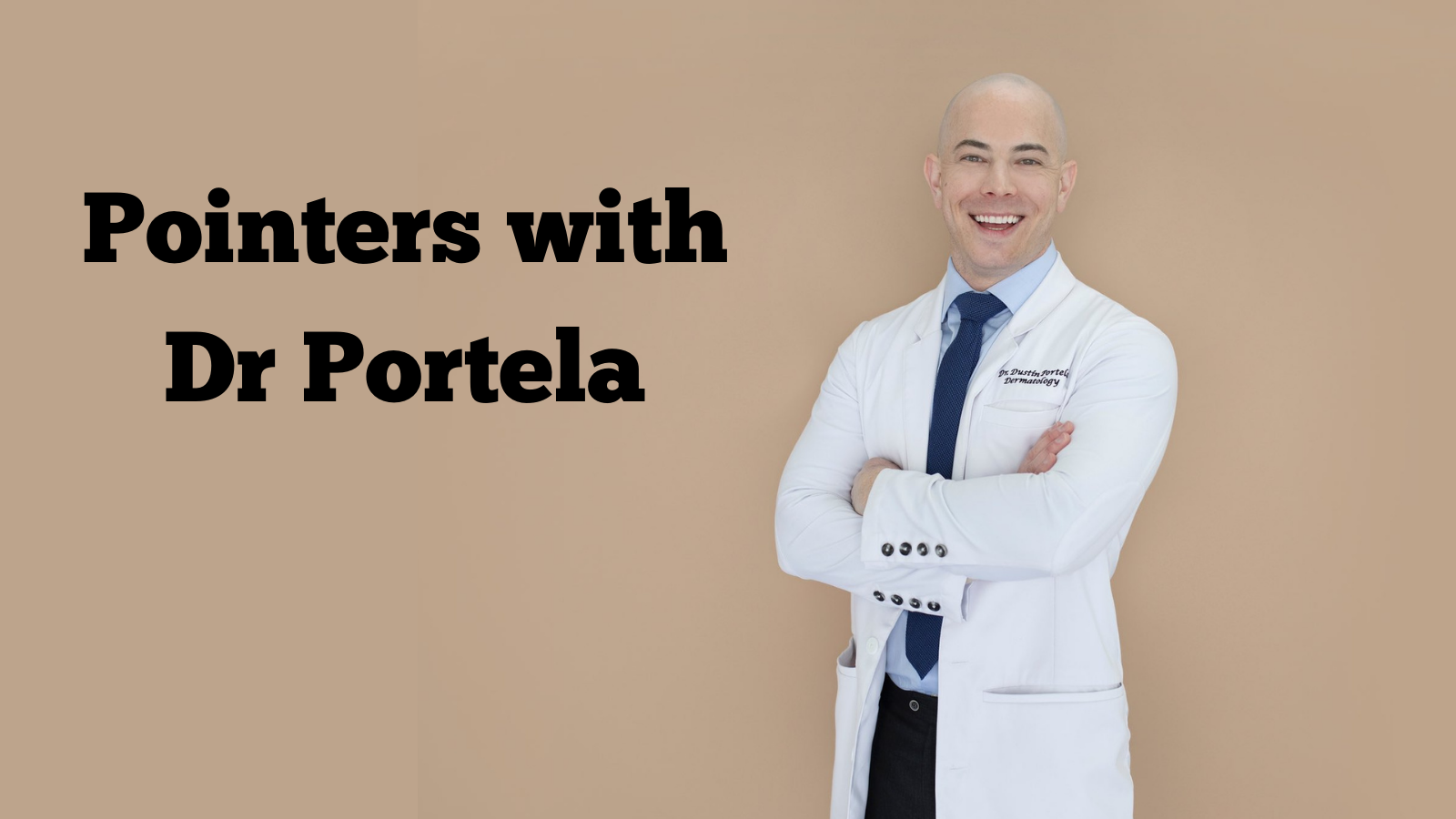- Acne
- Actinic Keratosis
- Aesthetics
- Alopecia
- Atopic Dermatitis
- Buy-and-Bill
- COVID-19
- Case-Based Roundtable
- Chronic Hand Eczema
- Drug Watch
- Eczema
- General Dermatology
- Hidradenitis Suppurativa
- Melasma
- NP and PA
- Pediatric Dermatology
- Pigmentary Disorders
- Practice Management
- Precision Medicine and Biologics
- Prurigo Nodularis
- Psoriasis
- Psoriatic Arthritis
- Rare Disease
- Rosacea
- Skin Cancer
- Vitiligo
- Wound Care
Article
Embracing dermatology's diversity
In the 1990s, while chairman of dermatology at The Cleveland Clinic Foundation Florida, Fort Lauderdale, Marta Rendon, M.D., saw the most complex cases to come through the clinic.
In the 1990s, while chairman of dermatology at The Cleveland Clinic Foundation Florida, Fort Lauderdale, Marta Rendon, M.D., saw the most complex cases to come through the clinic.

"I wanted a specialty where I could see people of all ages, do a little surgery, a little research, treat different diseases and delve into aesthetics," she says. "I have developed a real interest in a lot of the cosmetic aspects and am happy doing these procedures. Now, it does not matter how much I work, if I am doing procedures I enjoy."
Dr. Rendon, who is a founder and immediate past president of the American Society of Cosmetic Dermatologists and Aesthetic Surgery, says that chemical peels are making a comeback in dermatology, after a lull when cosmetic lasers first came onto the market.
"Chemical peels - especially the superficial peels - are coming back because we realize that there is a need to incorporate them as part of a rejuvenation program, wrinkle treatment and improvement of skin texture. They are also very good in the treatment of acne and pigmentation," she says. "I think that with superficial or medium peeling, dermatologists have to be familiar with the products that are available and, then, choose the ones that they are comfortable with and learn and master those techniques."
Dr. Rendon trains doctors around the country on the use of fillers through her research consulting agreements with various companies that manufacture recently approved fillers, such as Medicis, Dermik, Bioform and Artes Medical, which is developing a permanent filler.
"Within the last four years, FDA approvals for fillers have given U.S. dermatologists a lot of options beyond collagen. Today's fillers have different longevities, properties and techniques of injection; so fillers have become a world of practice on their own," she says. "Dermatologists need to learn the different products, manufacturers, techniques and specific properties of each product; so that, as physicians, they can become comfortable with using them."
Dr. Rendon thinks there is a market for permanent fillers; although she believes plastic surgeons will be more likely to embrace them than dermatologists.
"And I think males will be more prone to have something done that will be more permanent than women. Women do not mind coming twice a year to get their Restylane and Botox," Dr. Rendon says.
Ethnic skin authority
Dr. Rendon is one of 15 physicians around the world (one in five U.S. physicians) who is a member of the Pigmentary Disorders Academy. Members of the international academy meet twice a year in different parts of the world (with the last meeting in Hong Kong) to promote research and knowledge about ethnic skin.
"We want to separate ethnic skin types to better understand a lot of diseases that no one has paid much attention to for the last several years," she says. "That is one of my passions and areas of expertise. We do literature searches and review what has been written on pigmentation every year. We do projects. It is phenomenal."
She also helped to launch and is on the board of directors of the Skin of Color Society, which, she says, is more a national than international project.
"The society's goal is to promote research, knowledge and awareness of ethnic skin - not only in the dermatology community but in the industry and public," she says.
According to Dr. Rendon, little is known in the dermatologic community about Latin and Hispanic skin types.
"We are an ethnic group with a wide variation of skin colors and skin types. Even the term 'Hispanic' is a misnomer, because it implies that we all came from Spain. Some have Spanish origins, but many, especially in the Caribbean and South America, have rich cultural mixes, with influences from Africa, Germany, Italy and more," Dr. Rendon says.













